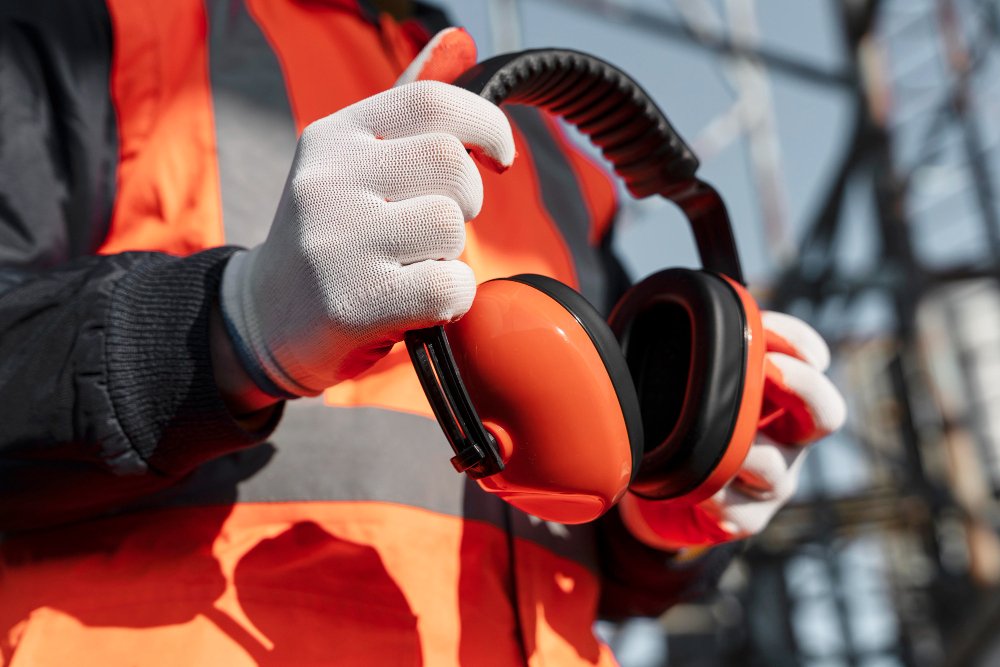In any workplace—whether a bustling construction site, a high-tech factory, or a quiet warehouse—safety is non-negotiable. Ensuring that workers are protected isn’t just a legal requirement; it’s a moral and business imperative.
At the heart of a safe work environment is safety equipment: the gear, tools, and systems designed to prevent injuries, reduce risks, and keep operations running smoothly.
In this blog, we’ll explore what safety equipment is, the different types, why it matters, and how to choose the right solutions for your business.
What Is Safety Equipment?
Safety equipment refers to protective devices or gear worn or used by workers to prevent injury, illness, or exposure to hazards. It also includes systems or tools installed in work environments to mitigate risks.
This can range from a simple pair of safety goggles to complex fire suppression systems.
Types of Safety Equipment
Here are the main categories of safety equipment used across industries:
1. Personal Protective Equipment (PPE)
Designed to protect individuals from physical, chemical, or biological hazards.
-
Helmets / Hard Hats – Protect against falling objects or head injury
-
Safety Glasses / Goggles – Eye protection from debris, chemicals, or radiation
-
Gloves – Protection against cuts, burns, chemicals, or cold
-
High-Visibility Vests / Clothing – Ensure workers are visible in busy or dark environments
-
Hearing Protection – Earplugs or earmuffs for noisy workplaces
-
Respirators / Masks – Guard against inhalation of hazardous particles or gases
-
Steel-Toe Boots – Protect feet from impact, punctures, or crushing
2. Fall Protection Equipment
For working at heights.
-
Safety harnesses
-
Lanyards and anchors
-
Guardrails and nets
3. Fire Safety Equipment
-
Fire extinguishers
-
Fire blankets
-
Smoke detectors
-
Sprinkler systems
4. Emergency & First Aid Equipment
-
First aid kits
-
Eye wash stations
-
Defibrillators (AEDs)
-
Emergency showers
5. Safety Signage and Barriers
-
Warning signs
-
Floor markings
-
Safety cones
-
Barrier tapes and physical dividers
6. Environmental Monitoring and Detection Tools
-
Gas detectors
-
Noise meters
-
Radiation monitors
-
Air quality sensors
Why Safety Equipment Matters
Reduces Injuries and Fatalities
Protective gear and proper equipment drastically reduce the chance of accidents.
Ensures Legal Compliance
Regulatory bodies like OSHA, ANSI, and ISO require specific safety measures.
Improves Productivity
Workers perform better when they feel safe and protected.
Reduces Downtime and Costs
Accidents lead to delays, lawsuits, fines, and reputational damage—good equipment prevents that.
Fosters a Culture of Responsibility
Providing safety gear shows that a company values its people and upholds professional standards.
How to Choose the Right Safety Equipment
-
Identify Hazards
Conduct risk assessments to understand potential threats in the work environment. -
Match Gear to Tasks
Choose PPE and tools that are appropriate for the specific tasks and hazards. -
Ensure Proper Fit and Comfort
Ill-fitting gear is often ignored or misused. Comfort matters for long-term use. -
Check for Certification
Equipment should meet national and international safety standards. -
Train Employees
Safety gear is only effective when workers know how and when to use it. -
Inspect and Replace Regularly
Even the best gear wears out. Create a routine for checking and replacing safety equipment.
Trends in Safety Equipment
-
Smart PPE – Wearables with sensors that detect fatigue, gas leaks, or falls
-
Sustainable Materials – Eco-friendly alternatives to traditional safety gear
-
AI & IoT Integration – Real-time monitoring and data collection for predictive safety
-
Augmented Reality (AR) – AR visors for safer and more efficient training
Conclusion
Safety equipment is more than just a regulatory requirement—it’s a lifesaving investment in your people and your operations. Whether you’re outfitting a construction crew or upgrading warehouse protocols, having the right safety gear in place means fewer accidents, higher morale, and stronger business performance.
